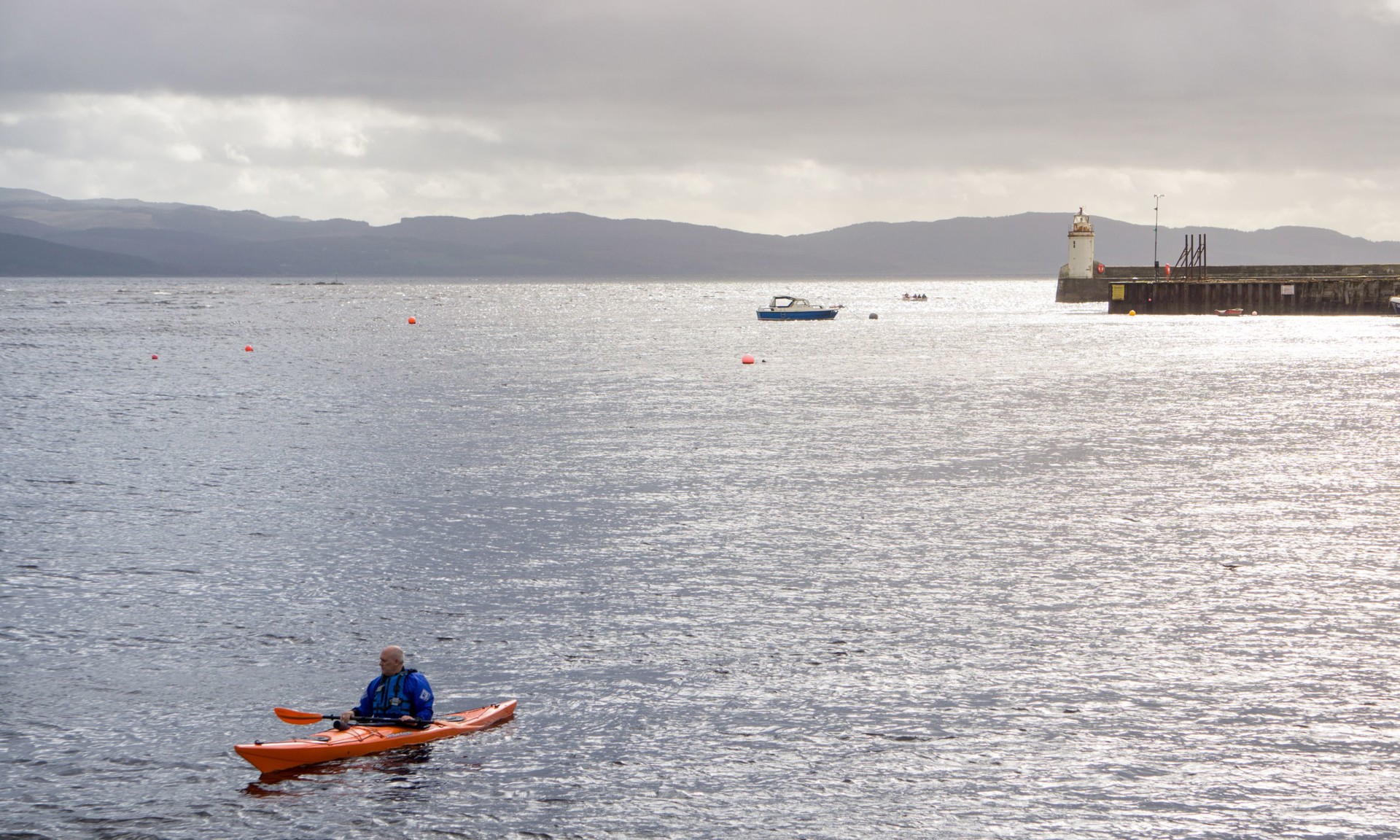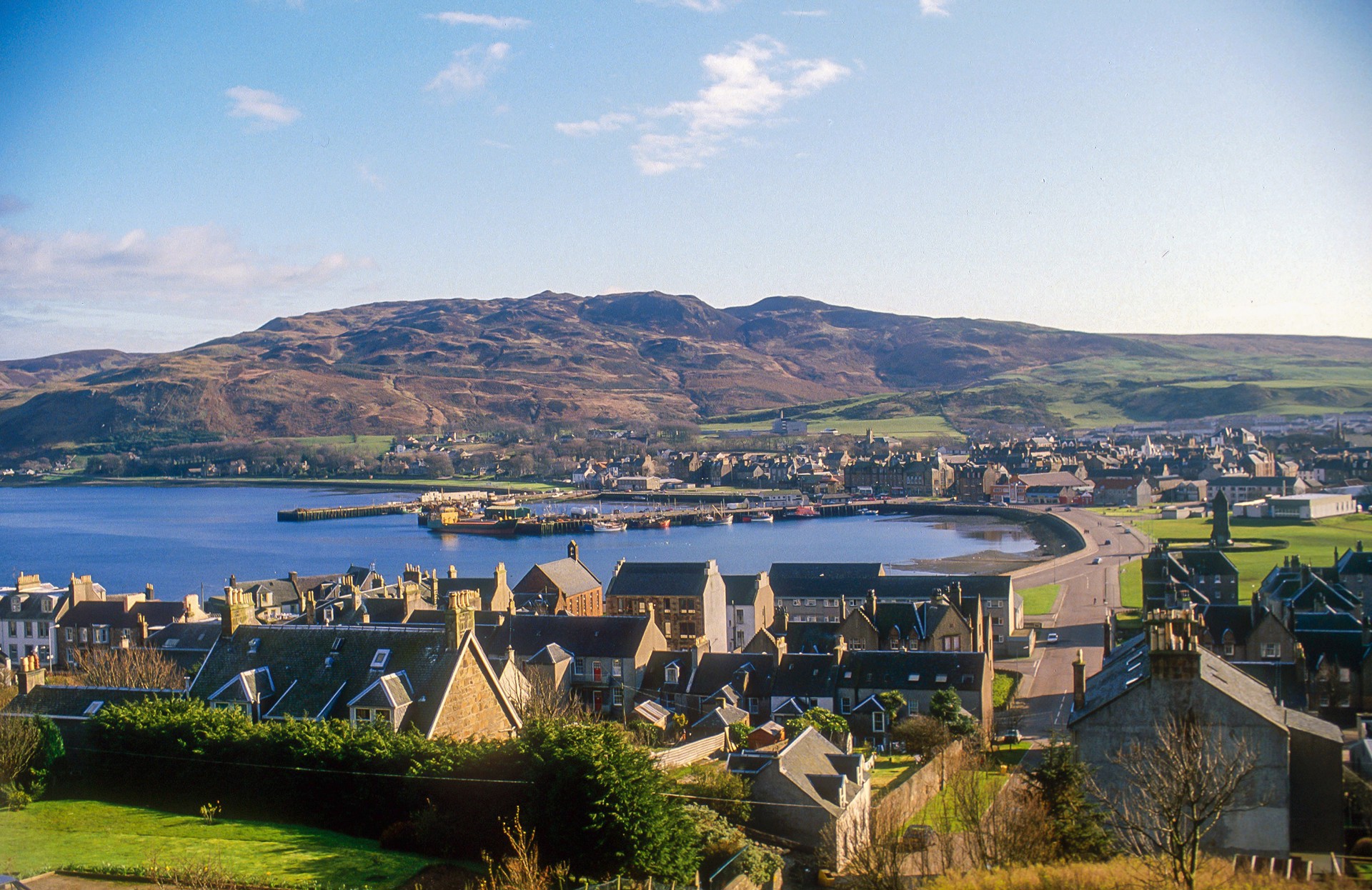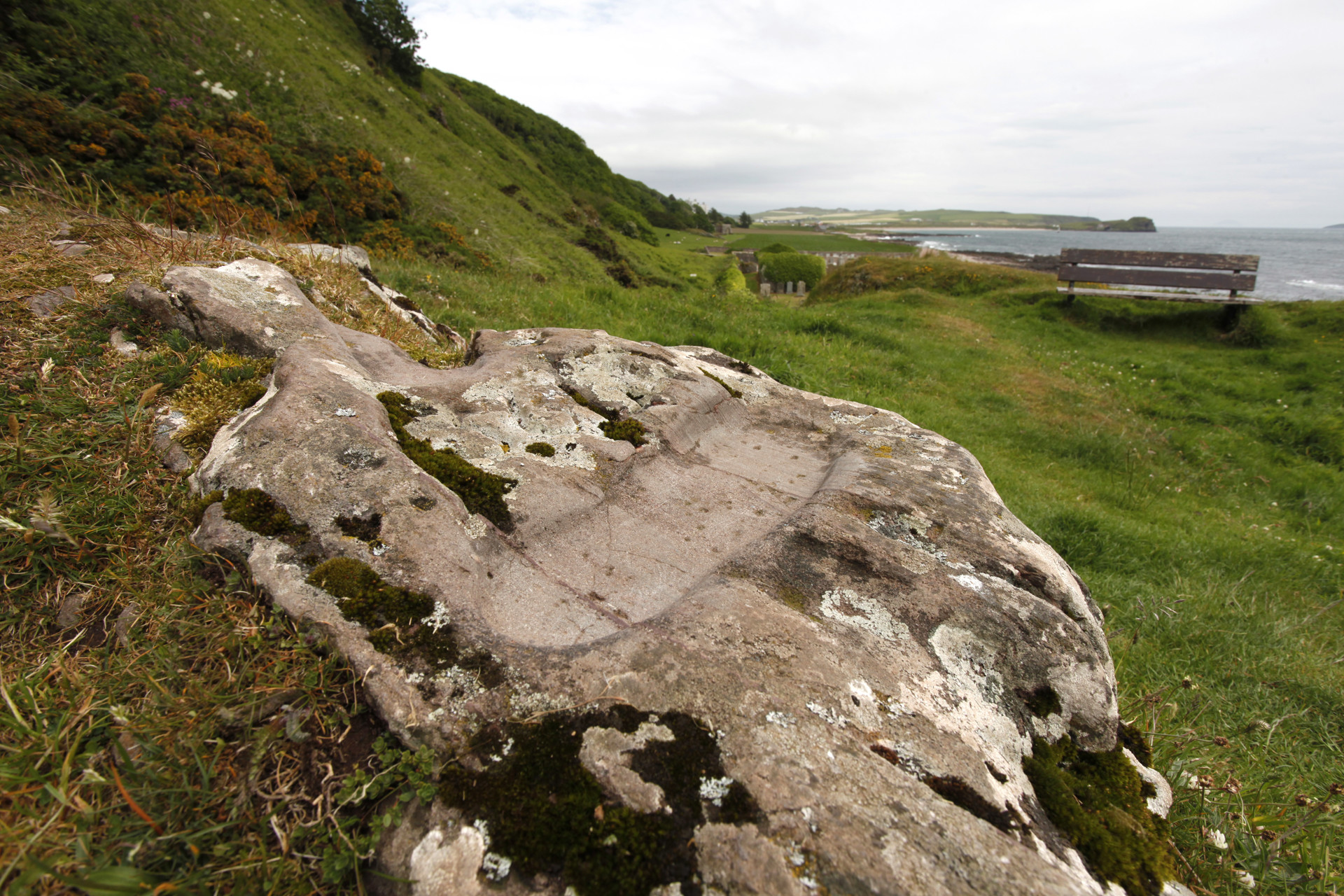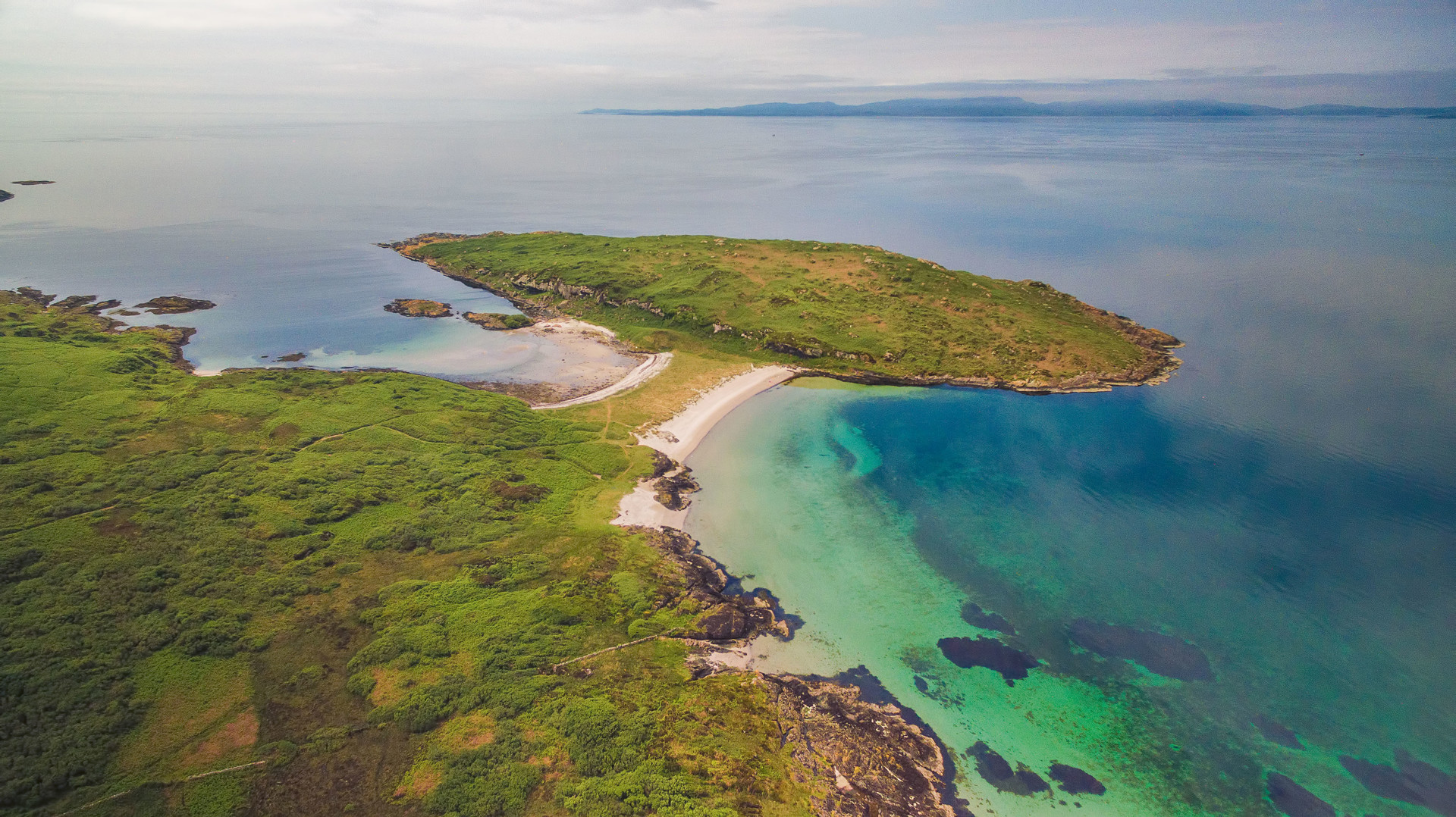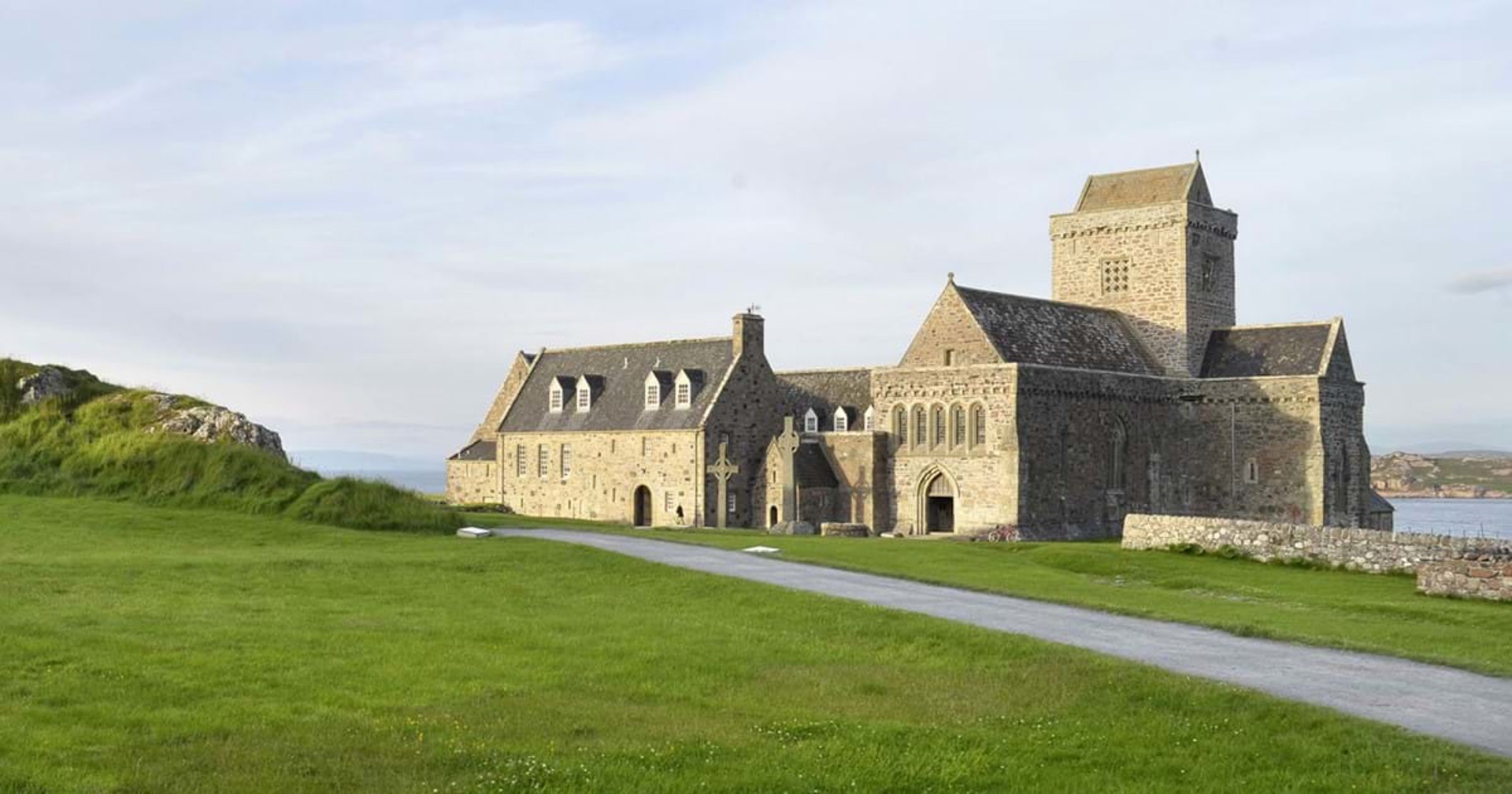
Make a Pilgrimage to Argyll & the Isles
Scotland's Heritage CoastAcross Argyll & the Islands there is a wide selection of Pilgrim sites that represent both recent and ancient history of Scotland and further afield. From the tidal Island of Davaar at Campbeltown where you can witness a cave painting of the Crucifixion by artist Archibald Mackinnon from 1881, who was later run out of the town after locals realised he had created the painting to Ballochroy considered the most spectacular set of megalithic monuments that cluster around south Argyll.
5 Highlights Across Argyll
Davaar Island, Campbeltown
Kilmartin, Mid Argyll
The Kilmartin Glen is an internationally important site and landscape. Kilmartin Glen is home to internationally significant prehistoric and early historic sites and monuments, making it one of Scotland’s most important archaeological landscapes. The prehistoric monuments include the densest concentration of rock art of anywhere in Britain, a unique Neolithic and Bronze Age linear cemetery, the remains of one of Scotland’s largest timber circles and Dunadd Hill Fort which was first fortified around 2,400 years ago.
Kilmartin can also be the starting point to a wider exploration of Mid Argyll and you can explore this self guided trail put together by Kilmartin Museum which includes standing stones, a stone circle, and a cairn. You can download the guided trail here >
Saint Columba's Footprints, Kintyre
Kintyre has a host of sites to visit that can make a visit steeped with history, ranging from the Keil Caves to St Columba's footprints there is plenty to explore. Moving to the west of Kintyre you will be able to find the Old Parish Church of Killean and the Beacharr Standing Stones.
Cowal Pilgrim Trails, Cowal
If visiting Cowal you can find a host of trails that are provided with step by step instructions from faith in Cowal Pilgrim trails. You can take St Brigits Trail which is 36 miles with a mixture of forestry trails and hiking leaving from Dunoon. The Three Brethren Trail starts at Kilmorich Churchyard near Loch Fyne Oysters where you could sample the local seafood before starting your trail.
St Conans, Oban
If you are travelling to one of Argyll's most popular destinations Oban, you can find the impressive St Conans in the village of Loch Awe. From the road the Kirk gives few clues about the amazing architecture both inside and out. It is exceptional both in style and surroundings, with a strong sense of peace and inherent spirituality. Although one of the most popular visitor attractions in Argyll, the surprising size of the Kirk means that there are days when you can feel you have the place all to yourself.

